The AI tools were complemented by quantum biology and bioengineering approaches.
Philip Gray/ORNL, U.S. Dept. of Energy.
Combining several advances.
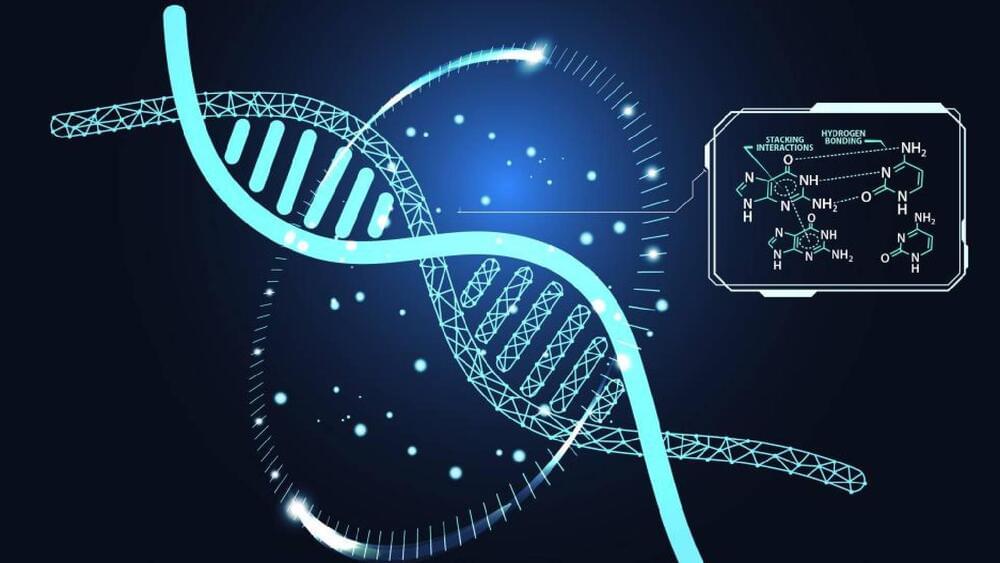

Absolutely empty—that is how most of us envision the vacuum. Yet, in reality, it is filled with an energetic flickering: the quantum fluctuations.
Experts are currently preparing a laser experiment intended to verify these vacuum fluctuations in a novel way, which could potentially provide clues to new laws in physics. A research team from the Helmholtz-Zentrum Dresden-Rossendorf (HZDR) has developed a series of proposals designed to help conduct the experiment more effectively—thus increasing the chances of success. The team presents its findings in Physical Review D.
The physics world has long been aware that the vacuum is not entirely void but is filled with vacuum fluctuations—an ominous quantum flickering in time and space. Although it cannot be captured directly, its influence can be indirectly observed, for example, through changes in the electromagnetic fields of tiny particles.
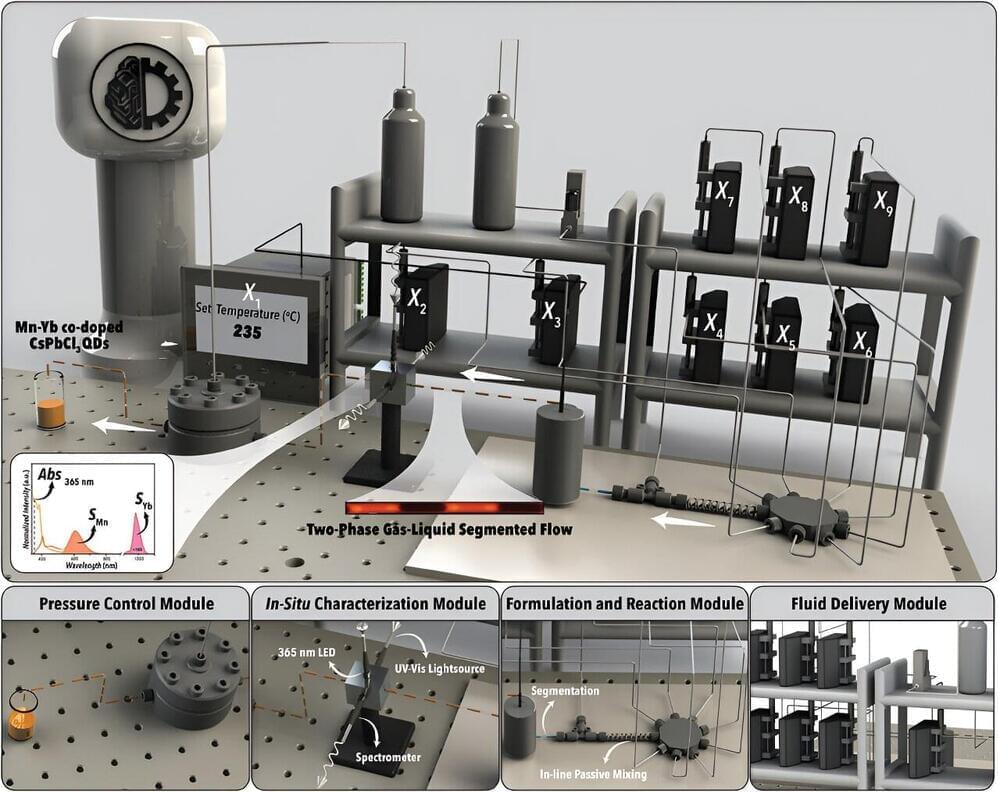
It can take years of focused laboratory work to determine how to make the highest quality materials for use in electronic and photonic devices. Researchers have now developed an autonomous system that can identify how to synthesize “best-in-class” materials for specific applications in hours or days.
The new system, called SmartDope, was developed to address a longstanding challenge regarding enhancing properties of materials called perovskite quantum dots via “doping.”
“These doped quantum dots are semiconductor nanocrystals that you have introduced specific impurities to in a targeted way, which alters their optical and physicochemical properties,” explains Milad Abolhasani, an associate professor of chemical engineering at North Carolina State University and corresponding author of the paper “Smart Dope: A Self-Driving Fluidic Lab for Accelerated Development of Doped Perovskite Quantum Dots,” published open access in the journal Advanced Energy Materials.

Generation of nearly deterministic OAM-based entangled states offers a bridge between photonic technologies for quantum advancements.
Quantum technology’s future rests on the exploitation of fascinating quantum mechanics concepts — such as high-dimensional quantum states. Think of these as states basic ingredients of quantum information science and quantum tech. To manipulate these states, scientists have turned to light, specifically a property called orbital angular momentum (OAM), which deals with how light twists and turns in space. Here’s a catch: making super bright single photons with OAM in a deterministic fashion has been a tough nut to crack.
Quantum Dots: Bridging Technologies
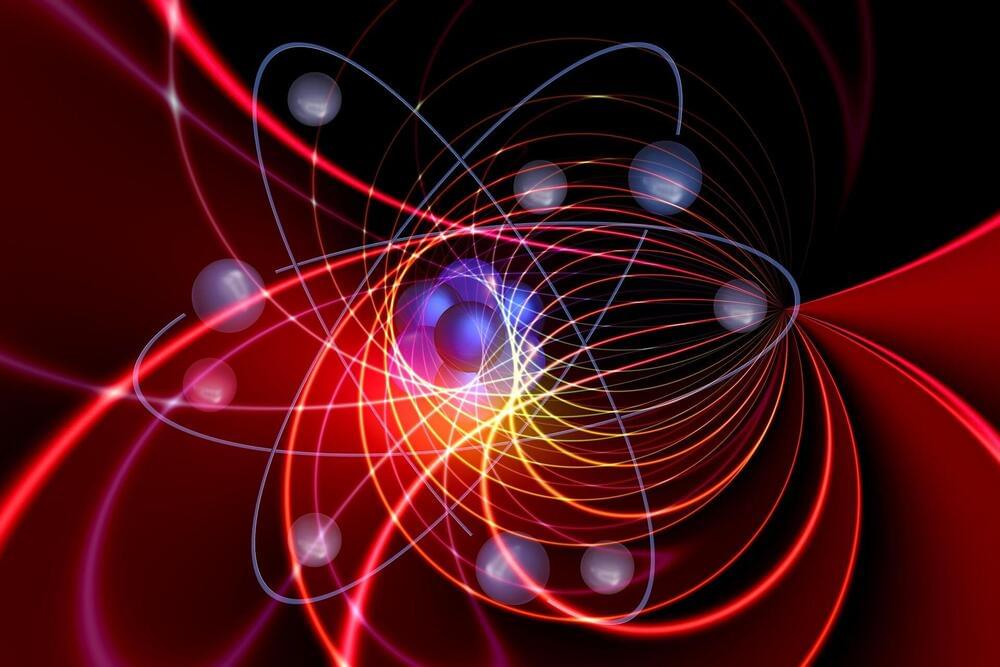
Deep within every piece of magnetic material, electrons dance to the invisible tune of quantum mechanics. Their spins, akin to tiny atomic tops, dictate the magnetic behavior of the material they inhabit. This microscopic ballet is the cornerstone of magnetic phenomena, and it’s these spins that a team of JILA researchers—headed by JILA Fellows and University of Colorado Boulder professors Margaret Murnane and Henry Kapteyn—has learned to control with remarkable precision, potentially redefining the future of electronics and data storage.
In a Science Advances publication, the JILA team—along with collaborators from universities in Sweden, Greece, and Germany—probed the spin dynamics within a special material known as a Heusler compound: a mixture of metals that behaves like a single magnetic material.
For this study, the researchers utilized a compound of cobalt, manganese, and gallium, which behaved as a conductor for electrons whose spins were aligned upwards and as an insulator for electrons whose spins were aligned downwards.
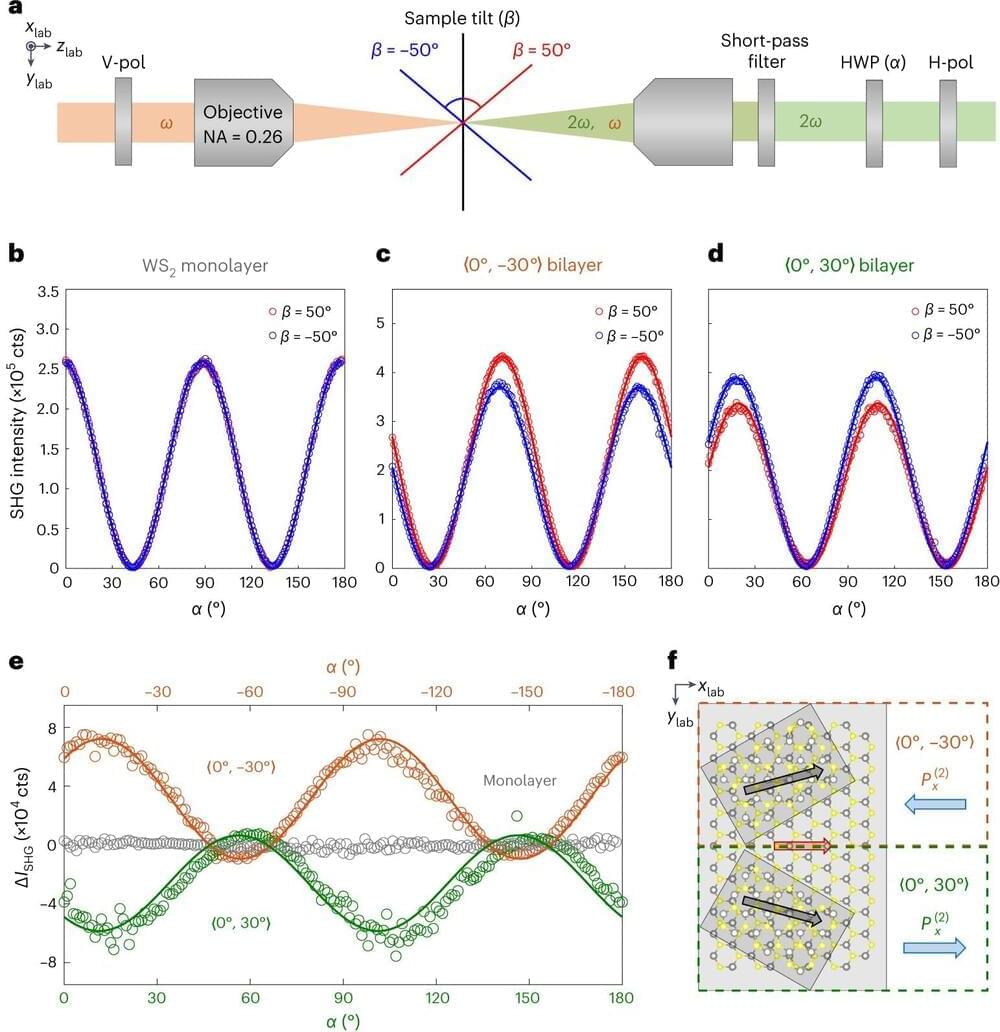
The way light interacts with naturally occurring materials is well-understood in physics and materials science. But in recent decades, researchers have fabricated metamaterials that interact with light in new ways that go beyond the physical limits imposed on naturally occurring materials.
A metamaterial is composed of arrays of “meta-atoms,” which have been fabricated into desirable structures on the scale of about a hundred nanometers. The structure of arrays of meta-atoms facilitate precise light-matter interactions. However, the large size of meta-atoms relative to regular atoms, which are smaller than a nanometer, has limited the performance of metamaterials for practical applications.
Now, a collaborative research team led by Bo Zhen of the University of Pennsylvania has unveiled a new approach that directly engineers atomic structures of material by stacking the two-dimensional arrays in spiral formations to tap into novel light-matter interaction. This approach enables metamaterials to overcome the current technical limitations and paves the way for next-generation lasers, imaging, and quantum technologies. Their findings were published in the journal Nature Photonics.
It started with a simple experiment that was all the rage in the early 20th century. And as is usually the case, simple experiments often go on to change the world, leading Einstein himself to open the revolutionary door to the quantum world.
Here’s the setup. You take a piece of metal. You shine a light on it. You wait for the electrons in the metal to get enough energy from the light that they pop off the surface and go flying out. You point some electron-detector at the metal to measure the number and energy of the electrons.
Done.

Micromechanical resonator performance is fundamentally limited by the coupling to a thermal environment. The magnitude of this thermodynamical effect is typically considered in accordance with a physical temperature, assumed to be uniform across the resonator’s physical span. However, in some circumstances, e.g., quantum optomechanics or interferometric gravitational wave detection, the temperature of the resonator may not be uniform, resulting in the resonator being thermally linked to a spatially varying thermal bath. In this case, the link of a mode of interest to its thermal environment is less straightforward to understand. Here, we engineer a distributed bath on a germane optomechanical platform—a phononic crystal—and utilize both highly localized and extended resonator modes to probe the spatially varying bath in entirely different bath regimes.
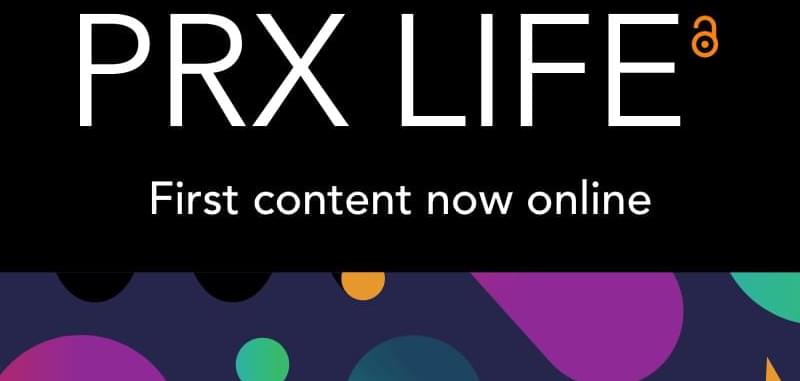
The idea of simulating quantum physics with controllable quantum devices had been proposed several decades ago. With the extensive development of quantum technology, large-scale simulation, such as the analog quantum simulation tailoring an artificial Hamiltonian mimicking the system of interest, has been implemented on elaborate quantum experimental platforms. However, due to the limitations caused by the significant noises and the connectivity, analog simulation is generically infeasible on near-term quantum computing platforms. Here we propose an alternative analog simulation approach on near-term quantum devices. Our approach circumvents the limitations by adaptively partitioning the bath into several groups based on the performance of the quantum devices.
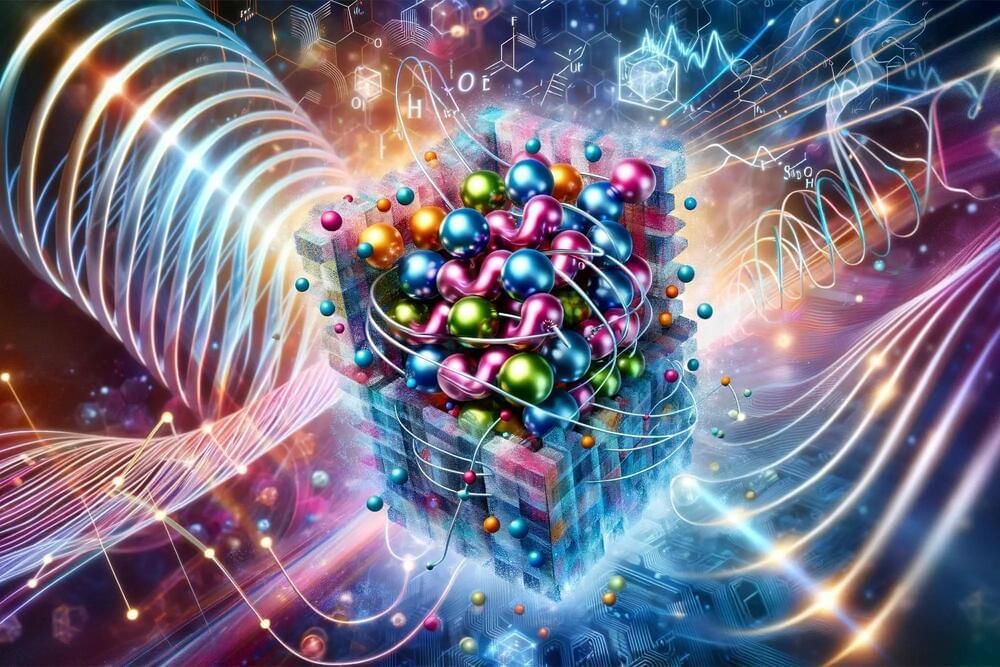
Researchers at Rice University found that chiral phonons in a crystal can magnetize the material, aligning electron spins in a way similar to the effect of a strong magnetic field. This discovery challenges established notions in physics, particularly the concept of time-reversal symmetry, and paves the way for advanced research in quantum materials.
Quantum materials hold the key to a future of lightning-speed, energy-efficient information systems. The problem with tapping their transformative potential is that, in solids, the vast number of atoms often drowns out the exotic quantum properties electrons carry.
Rice University researchers in the lab of quantum materials scientist Hanyu Zhu found that when they move in circles, atoms can also work wonders: When the atomic lattice in a rare-earth crystal becomes animated with a corkscrew-shaped vibration known as a chiral phonon, the crystal is transformed into a magnet.